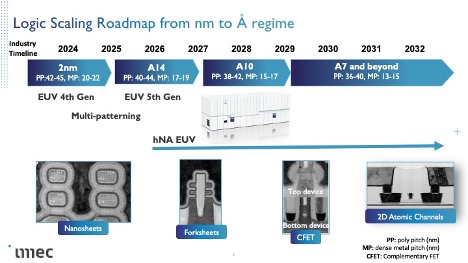Soldato
- Joined
- 22 Nov 2018
- Posts
- 2,840
It's still an RDNA3 leak thread. This thread will make you look silly if RDNA3 turns out to be MCM after all.
Please remember that any mention of competitors, hinting at competitors or offering to provide details of competitors will result in an account suspension. The full rules can be found under the 'Terms and Rules' link in the bottom right corner of your screen. Just don't mention competitors in any way, shape or form and you'll be OK.
True, but it wouldn't be the first timeThis thread will make you look silly if RDNA3 turns out to be MCM after all.

Yep, not sure what Rroff thinks MCM is, but having multiple GPU chips on a PCB isn't MCM
Plenty of reviews out there showing 6900xt and a 6950 to be on par with a 3090 or ti game dependent. Ray tracing performance is really the only metric nvidia are ahead consistently.AMD will put out the best product they can, as they are still catching up with Ampere (the RTX 3090 and 3090 TI), they won't know either what Nvidia has planned. They particularly need to focus on ray tracing performance.
Yes, but Nvidia has also been outproducing AMD massively, comparing the RTX 3000 series to RDNA 2. They need to catch up on production also.
I suspect it will be MCM but only on prosumer cards like Firepro, still it would be cool to see MCM on a ordinary gaming level card.It's still an RDNA3 leak thread. This thread will make you look silly if RDNA3 turns out to be MCM after all.
I think it will be a single GPU + separate IO + cache in an MCM package. So still MCM but none of the benefits that so many are excited about.I suspect it will be MCM but only on prosumer cards like Firepro, still it would be call to see MCM on a ordinary gaming level card.
Yup, sounds like it might be a tad expensive for consumer gaming cards for a gen or two and will work its way down to them.I suspect it will be MCM but only on prosumer cards like Firepro, still it would be cool to see MCM on a ordinary gaming level card.

Basically in quantum physics there's always uncertainty when we measure a particle's energy levels: we cannot know a particle's true speed. One of many things that makes Quantum Physics so weird is it appears the universe has those very same constraints; it too does not, and cannot know a particle's energy levels.Anybody know much about what 'Quantum tunnelling' is? The Wikipedia article says that "quantum mechanical [is a] phenomenon whereby a wavefunction can propagate through a potential barrier."
What does that mean in English? That electrons can flow through parts of a circuit where they shouldn't? Anyway, it's supposed to become more of an issue for transistors, beyond 5nm scaling. Although 3nm and 2nm fabrication technologies are still planned.
4nm (an improvement of TSMC's 5nm) must already be possible, as Nvidia's next gen Compute cards are using it.
Can't know its position either which is where the tunnelling bit comes in it can potentially find itself somewhere it isn't supposed to be i.e. its "tunneled" out. Its how radioactive decay happensBasically in quantum physics there's always uncertainty when we measure a particle's energy levels: we cannot know a particle's true speed. One of many things that makes Quantum Physics so weird is it appears the universe has those very same constraints; it too does not, and cannot know a particle's energy levels.

